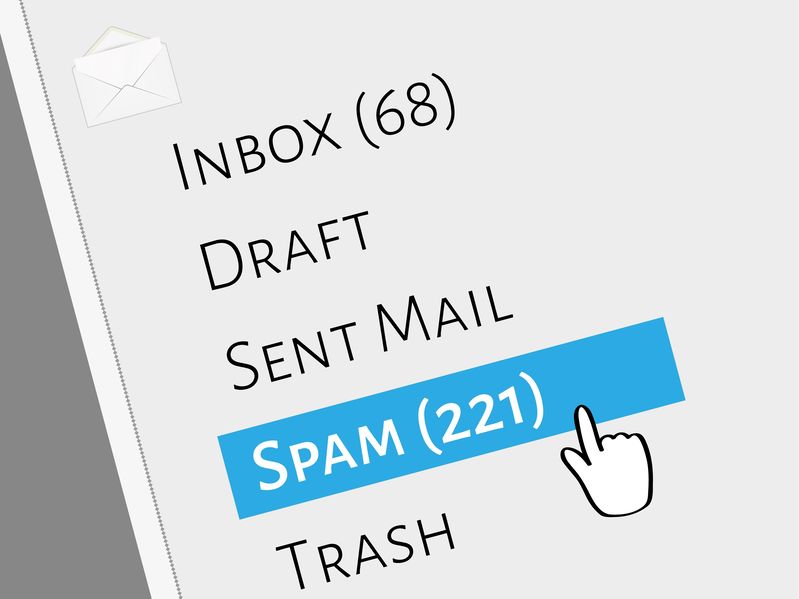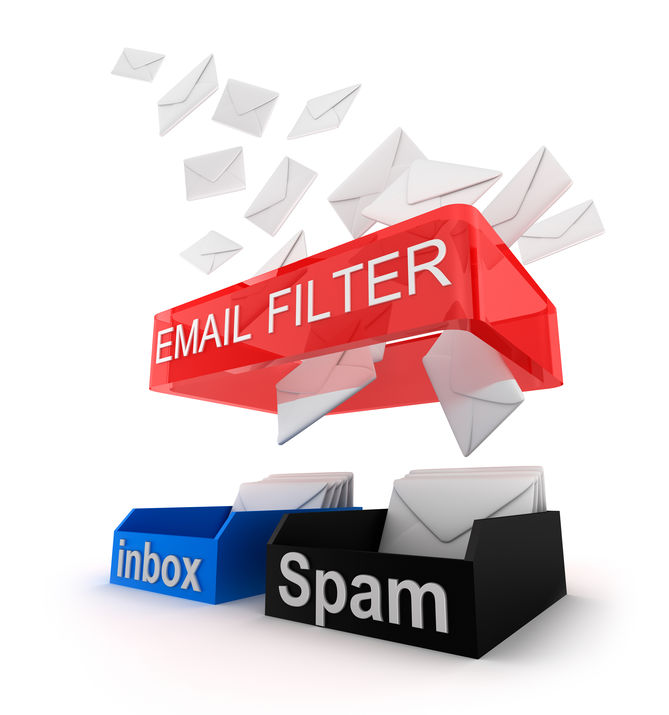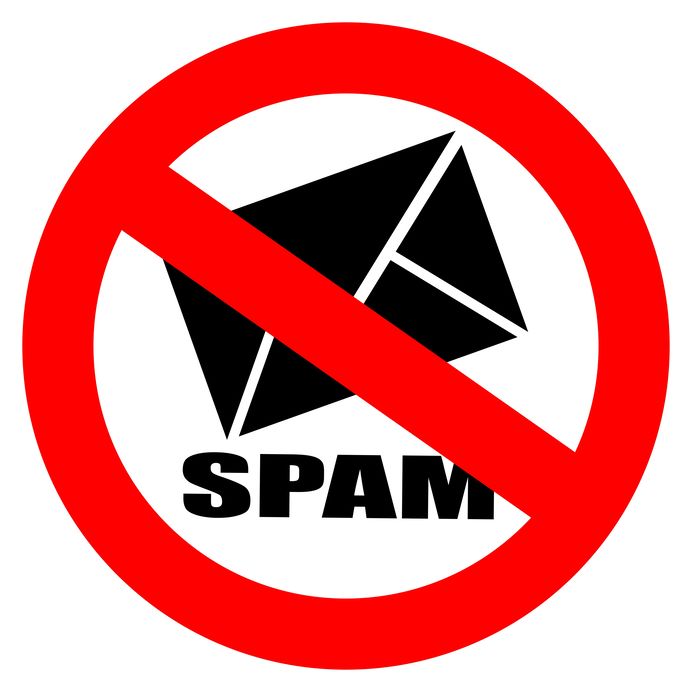
Emails are one of the most relied-upon and widespread forms of business communications. In fact, 59 percent of B2B marketers say email is their most effective channel for generating revenue. But nothing hurts a company’s marketing efforts more than having emails wind up in the spam folder where subscribers won’t receive their information, offers and announcements. Whether you’re sending a monthly newsletter, building a drip campaign or distributing promotional content, your emails need to comply with regulations to avoid the dreaded spam folder.
The CAN-SPAM Act
First, it’s vital to understand why and how the spam folder exists. The Federal Trade Commission is an agency of U.S. government that maintains regulations to protect consumers and competition by preventing anticompetitive, deceptive, and unfair business practices through law enforcement, advocacy and education. In 2003, the Controlling the Assault of Non-Solicited Pornography and Marketing Act (CAN-SPAM Act) was created to safeguard consumers from unsolicited emails. You can read the entirety of the act here, but the FTC provides a shortened compliance guide with a rundown of the main requirements, examples and an FAQ to aid businesses in following regulations. Keep in mind that the CAN-SPAM Act doesn’t just apply to bulk emails, but to “any electronic mail message the primary purpose of which is the commercial advertisement or promotion of a commercial product or service.” Ensure your emails are within regulation to comply with the law, but also to optimize the likelihood your emails always land in the inbox and engage with your readers.
6 Essentials to Avoid the Spam Folder

- Require subscribers to confirm with an activation email. Ensure any new subscribers to your mailing list confirm their email address. This helps avoid typos and inaccuracies, but also guarantees from the start that your emails aren’t marked as spam. Make sure the call-to-action for your activation email is clear so users don’t miss it.
- Avoid misleading subject lines, addresses or routing information. Honest, ethical email marketing is a good practice to follow, but sometimes things can get ambiguous and difficult when contacting warm and cold leads. While theoretically everyone receiving your emails signed up to do so, many of the emails marketers send still qualify as “unsolicited.” Ensure that you are following spam regulations and marketing ethics when contacting prospects and clients.
- Disclose that your message is an ad. It is part of the CAN-SPAM Act’s regulations that all advertising materials disclose that they are an ad. The law gives a lot of leeway on how to do this, but ensure it is clearly visible to avoid uncertainty. Not only does this keep you compliant with the law, but customers ranked transparency as one the most important factors in staying loyal to a brand. In fact, 94 percent of consumers are more likely to be loyal to a brand when it commits to full transparency.
- Include your location. It is a requirement to disclose a valid, physical address for all commercial messages. Most companies use a permanent contact information section at the bottom of their emails for this purpose. A branded email graphic template can make this step easier and create a recognizable look for your emails.
- Provide the option to opt out and handle requests promptly. All email recipients need to be given the right to discontinue receiving your emails. Whether you provide a link to a form or allow them to respond to an unsubscribe request, make sure it is internet-based and easy to locate. The law requires you to honor those requests within 10 business days.
- Maintain internal regulations. Make sure everyone in the organization is trained on the rules and regulations involving email marketing. To prevent risks, it should become a standard practice within your company. From entry-level newbies, high-ranking executives or even outsourced companies, everyone who represents your company will be held responsible for knowing and practicing legal email marketing processes.
Lawful = Authentic

Not only can disregarding these rules land your emails in the spam folder, bigger violations can result in serious penalties. Beyond the penalties, there are equally important reasons to strive to optimize email campaigns. Companies want to increase their click-through rate and enhance their user experience. If you make these regulations a part of your marketing team’s rulebook, you’ll be ahead of the curve. As the FTC states, their greatest mission is to protect the consumer. These laws, by nature, support the needs and wishes of clientele and foster an authentic relationship between businesses and consumers. By abiding by these laws, you’ll find that your business and marketing messaging will naturally maintain transparency, address the requests of your clients and nurture a genuine relationship.
